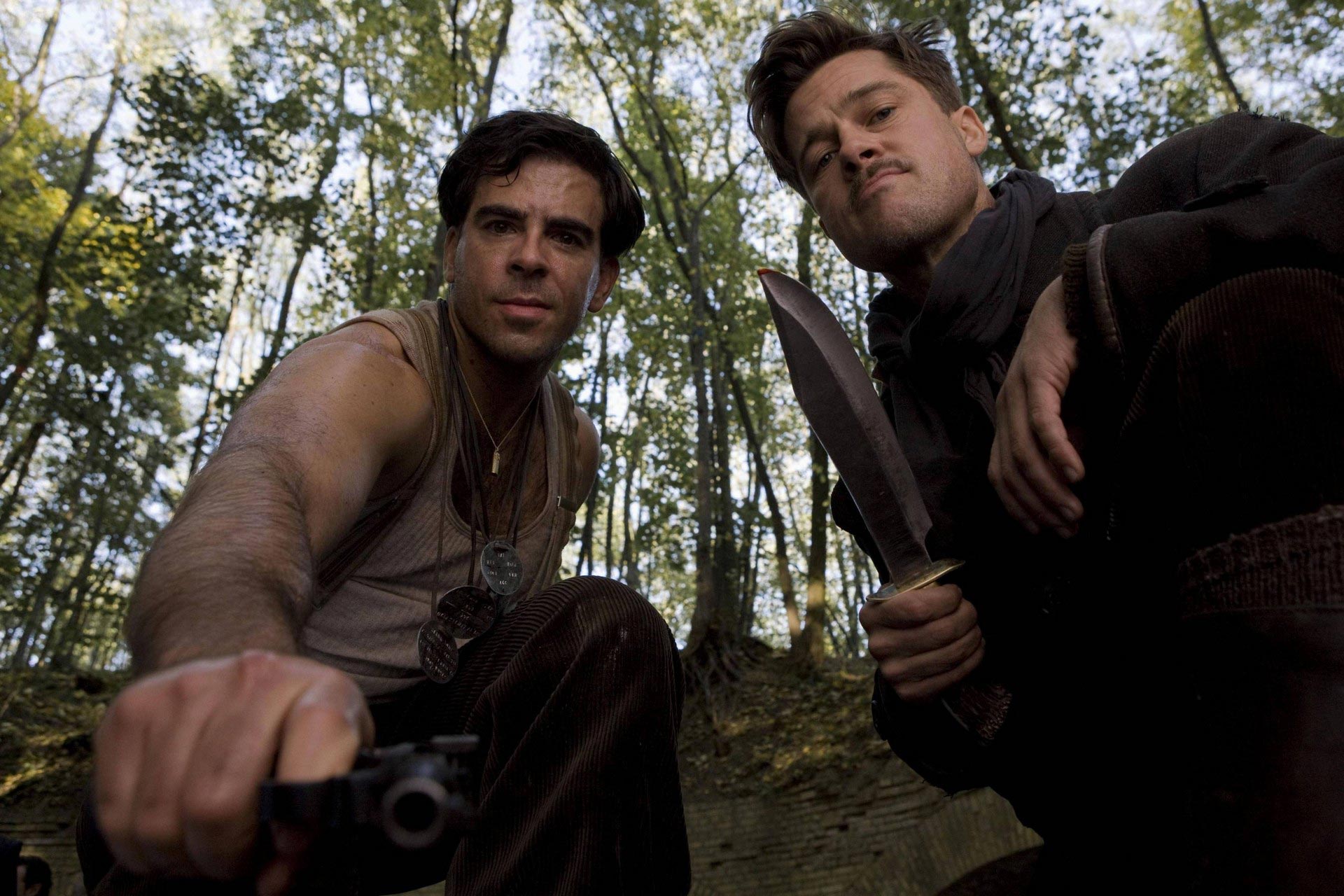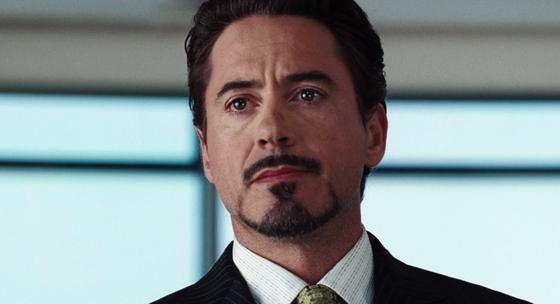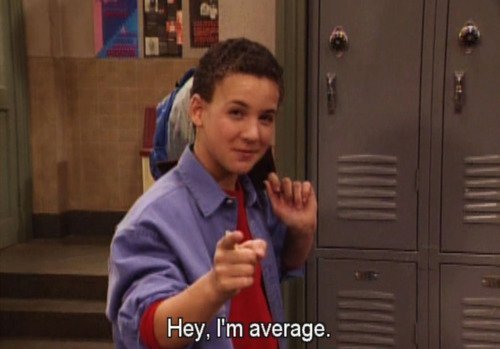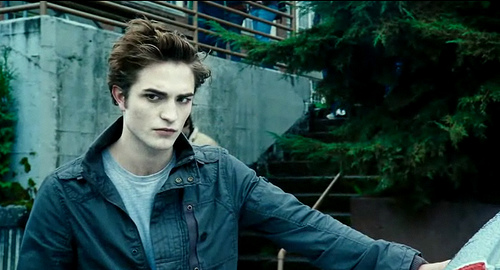Starring: Dane DeHaan, Alex Russell, Michael B. Jordan.
Written by: Max Landis (screenplay) Max Landis, Josh Trank (story).
Rated PG-13 for intense action and violence, thematic material, some language, sexual content and teen drinking.
I’ve never been thoroughly convinced that the found-footage genre has been a good thing for Hollywood. Instead of acting as a meaningful extension of the story, it’s typically employed as a cheap studio gimmick to minimize investment and maximize returns. Cloverfield is the only film in the genre that's really impressed me. Seeing it on the big screen is the closest a film has ever come to imitating the exhilaration of a roller coaster ride. Unfortunately, it still suffers from many of the shortcomings that have always held the format from achieving greatness: poor shot composition, limited perspective, vomit-inducing shakiness and that lingering question in the back of everyone’s mind, “Why don’t they just put the camera down and run away?”
 |
| DiCap... I mean, DeHaan delivers a fierce performance. |
The only person that Andrew speaks to is his cousin, Matt (Alex Russell), a self-proclaimed philosopher. He does his best to improve Andrew’s morale but he rarely prevails. It’s evident that their relationship doesn't really exist outside of Matt giving Andrew a ride to school – a place where he eats lunch alone and is bullied mercilessly. Carrying a bulky camera around on his shoulder doesn't help matters.
Experiencing the world from Andrew’s perspective is enthralling and never feels less than real, which is key to what prevents the film’s biggest conceit from falling apart. Eventually Andrew and Matt, accompanied by fellow classmate Steve (Michael B. Jordan), stumble upon a supernatural phenomenon and develop telekinetic powers. What could have been a jarring transition ends up feeling very natural because of how grounded the characters are. The illusion of reality is never once broken (except those LEGOs looked pretty fake.)
 Chronicle is more than an absorbing character study, it’s an inventive take on the superhero genre because writer, Max Landis (son of John), drops the word “hero” from his vocabulary altogether. The boys here harbor no guilt for their newfound abilities, and do not insist on using their powers for good. They do what any average teenager would do: they wreak innocent havoc in the name of fun.
Chronicle is more than an absorbing character study, it’s an inventive take on the superhero genre because writer, Max Landis (son of John), drops the word “hero” from his vocabulary altogether. The boys here harbor no guilt for their newfound abilities, and do not insist on using their powers for good. They do what any average teenager would do: they wreak innocent havoc in the name of fun. The three "afflicted" young men begin to develop a tight bond with one another. (So close, in fact, that when one is in trouble, the others are signaled with a nosebleed.) Andrew’s new-found companions and developing abilities act as a catalyst for his changing demeanor. His camera is no longer a scapegoat for his insecurities. Why hide behind a camera when you can levitate it? (which works wonders for composition, by the way). He trains his lens on himself and his friends, fascinated by the gifts that they've inexplicably received. He routinely pores over the footage for clues on how to unlock their true potential.
Josh Trank, in his directorial debut, has solidified himself as a filmmaker to keep an eye on. He excels at making intimate moments feel grand and is obviously very good at making his actors feel comfortable with one another. The three leads are having a blast and their interactions are a lot of fun to be a part of. For those of us who have seen the previews, it’s no surprise when Chronicle's more sinister undertones are unearthed. The shock is in how much you care about the severe repercussions of their ever-expanding powers.
To explain what I mean without spoilers, Chronicle is best viewed as an allegory for the dangers of teenage repression and isolation. I’m sure that many people will be able to identify with some of the struggles that our “heroes” have to endure; which is great because, ultimately, it cautions kids by showing them exactly what happens when you forgo the responsibility that comes with such great power. It also just happens to be a fun slice of pop cinema: the kind of film that can only exist when a studio takes a chance on new talent and unconventional themes.
At one point, Andrew identifies himself as the apex predator, calling his seat at the top of the food chain. In a way, I think that’s the perfect way to describe Chronicle. It is the apex of the found footage genre. The only complaint that I could possibly impose on an otherwise brilliant film is that the climax feels a bit bigger than the film that it’s in. In keeping with the found footage look we hop from various recording devices -- ranging from cell phones to security cameras -- to frame the action. Unfortunately, it ends up undermining the otherwise powerful conclusion with unnecessary choppiness (and in some cases, seems to abandon the shooting style altogether.) However, this small distraction doesn't prevent Chronicle from taking its seat on the throne as king of the genre.
4.5 out of 5























